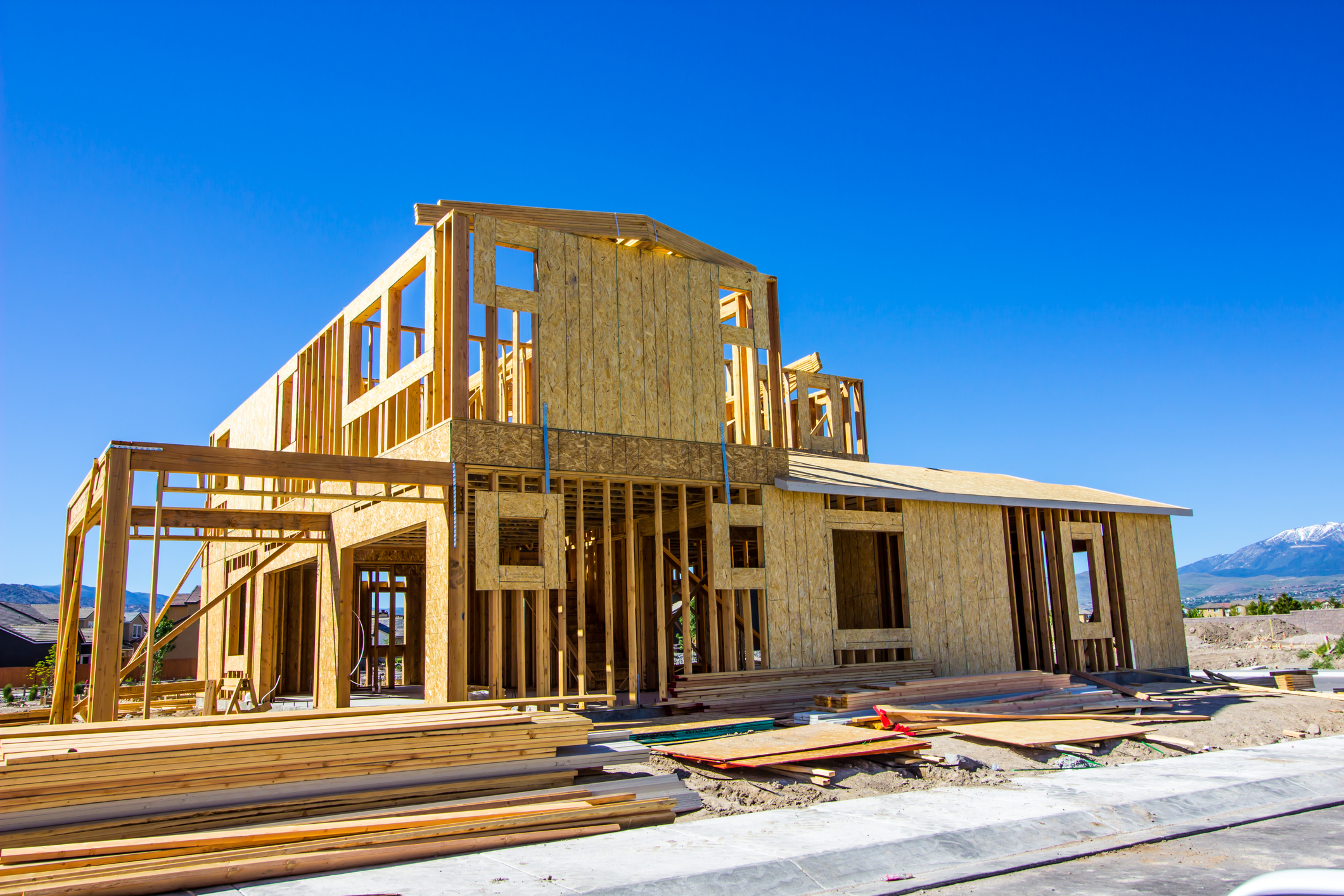This Week in Real Estate -8 March 2024

Terry’s View: Invest Wisely, Ignore Noise
I feel for Australian consumers trying to make headway in real estate. The nation abounds with media misinformation on property and often the content consumers are seeing is overwhelmingly, and unnecessarily, discouraging.
A recent article that was widely published claimed it was almost impossible to find a home for less than $750,000 in any of our capital cities. Given that the median dwelling price in Australia (according to PropTrack) is $760,000, which means half of all sales are less than that figure, it was a patently false proposition. Adelaide, Perth, Hobart and Darwin all have median prices well below $750,000 and both Brisbane and Melbourne are both around $790,000, which suggests lots of options under $750,000.
Another newspaper article recently inferred that you need to an annual income of $220,000 to afford a home in Australia. If that was accurate, a significant proportion of recent sales would not have been possible.
Media like this is all too common and it makes you wonder what motivates the people who write material that is so obviously false. Clearly the motivation is not to be helpful to consumers. Rather, media delights in startling people and truth/accuracy/balance is optional.
People trying to make sense of real estate markets across Australia are advised to tune out the white noise in real estate and access genuine research analysis.
More Long-term Apartment Living
The number of Australians living long-term in apartments is on the rise as the gap between house and unit prices widens and buyers chase affordability.
Domain Chief of Research and Economics Dr Nicola Powell says there has always been a gap in price between the two different types of product but never to the extent it is now.
“When you look at the price gaps now, what that suggests is two things: one, that houses are overvalued, or two, that units are undervalued. I think when you look at those price gaps, it really showcases the distortion in the sub-markets of the housing market that we’ve seen since the pandemic,” she says.
She says with houses becoming more unaffordable it was changing what some people regard as the ideal long-term home.
“As Australians, we need to talk about our first homes in a different light. We need to re-evaluate how our first home looks. That dream picture of a detached house on a block of land has changed over time as our population has swollen and our cities have grown,” she says.
University of New South Wales research associate Dr Sophie-May Kerr, says more people are choosing apartment living over houses.
And it is not just the costs that are pushing more into the apartment market according to Kerr.
She says for some buyers apartments offer the opportunity to live closer to work or transport and city-based amenities.
“With the increase of issues that we are seeing with housing affordability and the shift towards higher density housing in our cities – we see that trend increasing and more likely to continue,” she says.
Luxury Property Boom
Rising property prices have not been enough to deter those looking to secure something at the high end of the market with new analysis showing luxury property prices have almost doubled in the past ten years.
According to PropTrack dwelling prices across the board rose by 72.5% between 2013 to 2023, while the luxury end of the market increased by 89.5% during the same period.
Luxury house prices rose by 99% over the past ten years, while units were up by 61%.
PropTrack senior economist Paul Ryan says demand during the pandemic drove up luxury property prices, particularly in waterfront locations such as the Sunshine Coast and on the Mornington Peninsula.
“Throughout the pandemic, people had money in their pockets and couldn’t travel, which was pushing people toward this form of luxury,” he says.
“Strong economic performance has benefited high-income earners and that has, in turn, benefited luxury property.”
He predicts after such a strong period of price growth the pace of growth may slow down in 2024 to around 1% to 4%.
“We’re not expecting the outperformance of the luxury market that we have seen over the past 10 years,” he says.
According to CoreLogic figures housing values posed a broad-based rise in February, up by 0.6%, the strongest monthly gain since October 2023.
Construction Costs Back To Normal
After three solid years of price rises residential construction costs are returning to more normalised levels of growth.
The Cordell Construction Cost Index (CCCI), which tracks the cost to build a typical new dwelling, shows a national growth rate of just 0.8% over the final three months of 2023.
CoreLogic Economist Kaytlin Ezzy says the annual growth rate for 2023 was 2.9%. This was the smallest 12-month annual increase since 2007.
“This suggests that growth in construction costs have normalised after recording a recent peak of 11.9% over the 12 months to December 2022,” Ezzy says.
CoreLogic Construction Cost Estimation Manager John Bennett says there have been increases in the price of hardware and chemical items.
Price rises varied across the states, with an increased growth rate seen in New South Wales, Victoria and Western Australia and a drop in the rate of growth in South Australia and Queensland.
Ezzy says the market is unlikely to experience a drop in construction costs, but she predicts a recent lull in approvals could result in a shortfall in new projects, which would help keep growth in building costs low, due to greater capacity in the construction sector.
She says the normalisation in construction price growth will help provide some certainty for builders, insurance companies and homeowners alike.
Biggest Foreign Investors
Offshore buyers purchased $1.5 billion worth of Australian properties in the third quarter of 2023, according to newly released figures.
There were 1374 international purchases during the three months with Chinese-based buyers still the largest investors in Australia’s real estate, according to Federal Treasury figures.
It says more than 53% of the money spent on property during the quarter came from mainland China and Hong Kong combined.
Buyers from Hong Kong spent $100 million on real estate. Juwai Founder and Managing Director Daniel Ho predicts buying from China will pick up pace again soon.
He says the Chinese buyers were more focused on Victora and New South Wales.
“Victoria also attracts high-end buyers who like the premium single-family home suburbs like Toorak and the new penthouses that sell for tens of millions of dollars in buildings like Melbourne Square on Kavanagh Street in Southbank,” he says.
According to Ray White chief economist Nerida Conisbee, the number of buyers from India is also on the increase and is on track to be at record levels this financial year.
She says in one quarter approvals were already halfway to halfway to what was recorded in all of 2022.





